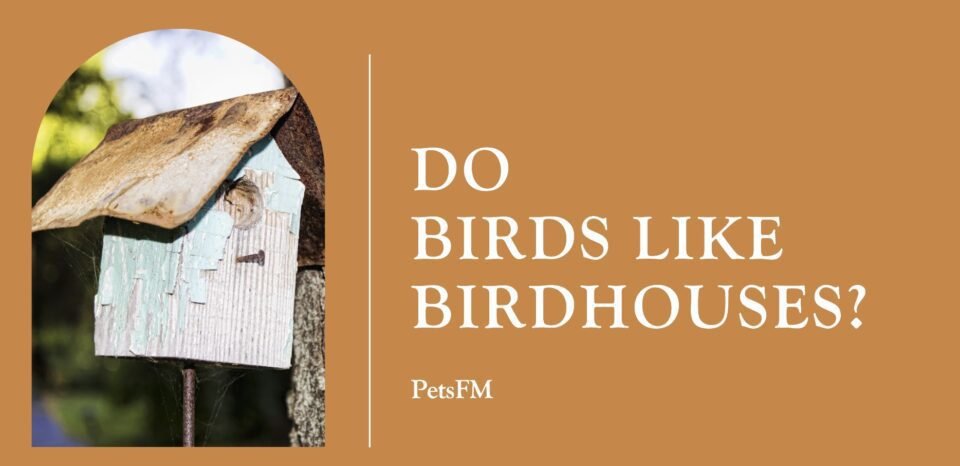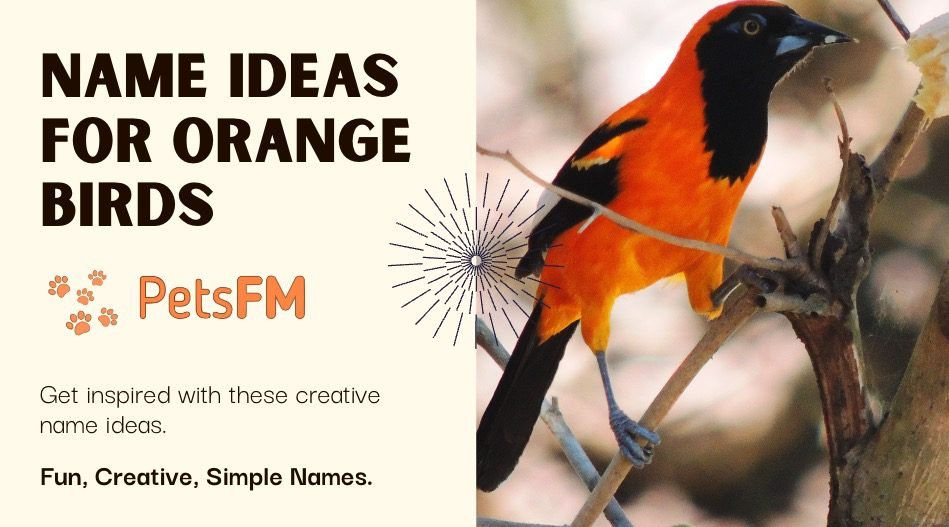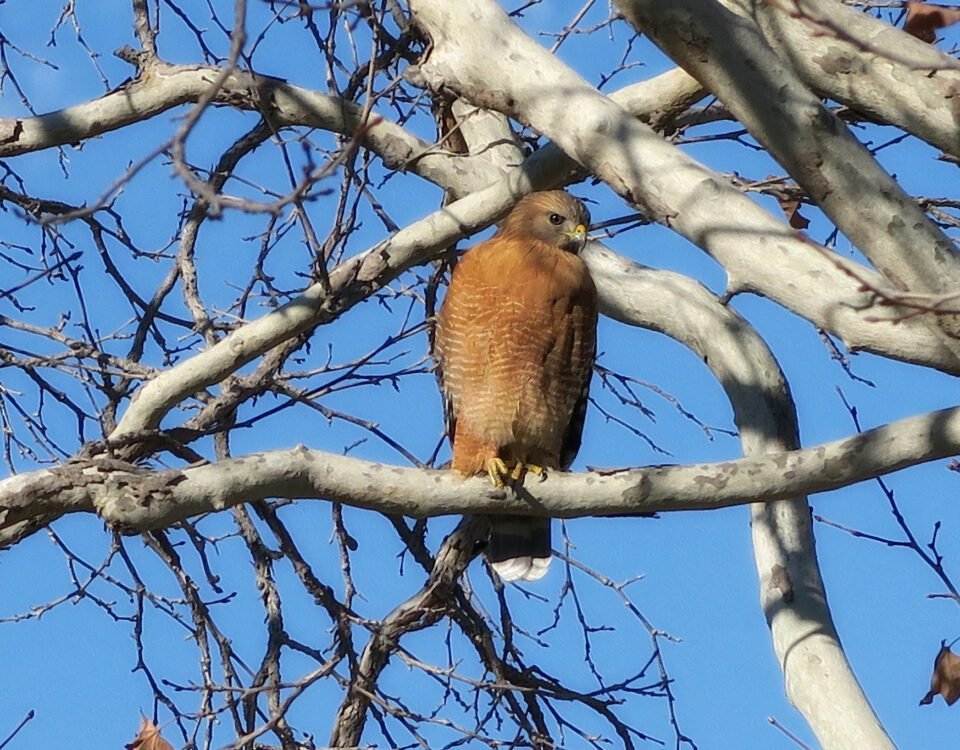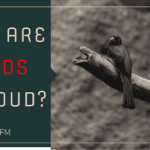


Why Are Birds So Loud in Morning and Evening? A Guide
September 19, 2023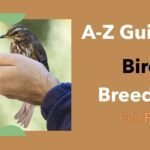


How to Actually Become a Bird Breeder: A-Z Guide
September 20, 2023From the busiest cities to the quietest countryside, you might have noticed a small, unique architecture in many gardens and backyards: the birdhouse. These miniature homes, efficiently made, serve more than just an aesthetic purpose. They call to the skies, inviting birds to take refuge, nest, and sing musical tunes.
But do birds genuinely appreciate these man-made dwellings? Or are they just charming ornaments for our human eyes? Let’s flutter into the world of avians and their relationship with birdhouses.
Interesting Read: Why Hummingbirds Are More Active In The Rain? EXPLAINED!
Do Birds Like Birdhouses?
Absolutely, birds do take advantage of birdhouses, often selecting them as nesting sites. Depending on where you live, the appropriate birdhouse dimensions may vary based on the local bird species.


Birdhouse
Familiar birds often occupying birdhouses include chickadees, nuthatches, sparrows, wrens, and robins. To maximize birdhouse appeal, it’s wise to research the specific birds in your region.
Is Birdhouse A Good Habitat For Birds?
When made carefully, birdhouses can offer outstanding nesting spots for our avian friends. Given the increasing loss of their natural habitats, these man-made shelters have become more essential.
The best birdhouses are often made from untreated wood, boast good ventilation and drainage, ensure privacy, placed in secure locations, have sloped roofs, and feature entryways tailored to specific bird sizes.


Bird in a birdhouse
While many pre-made, colorful birdhouses are available online, you can also take on a DIY project to construct your own or buy a basic one and get creative with your decorative touches and paint schemes.
Also Read:
Why Aren’t Some Birds Attracted To A Birdhouse?
While popular and beneficial for many species, birdhouses only sometimes appeal to some types of birds. Several reasons explain why certain birds might not be drawn to these man-made structures.
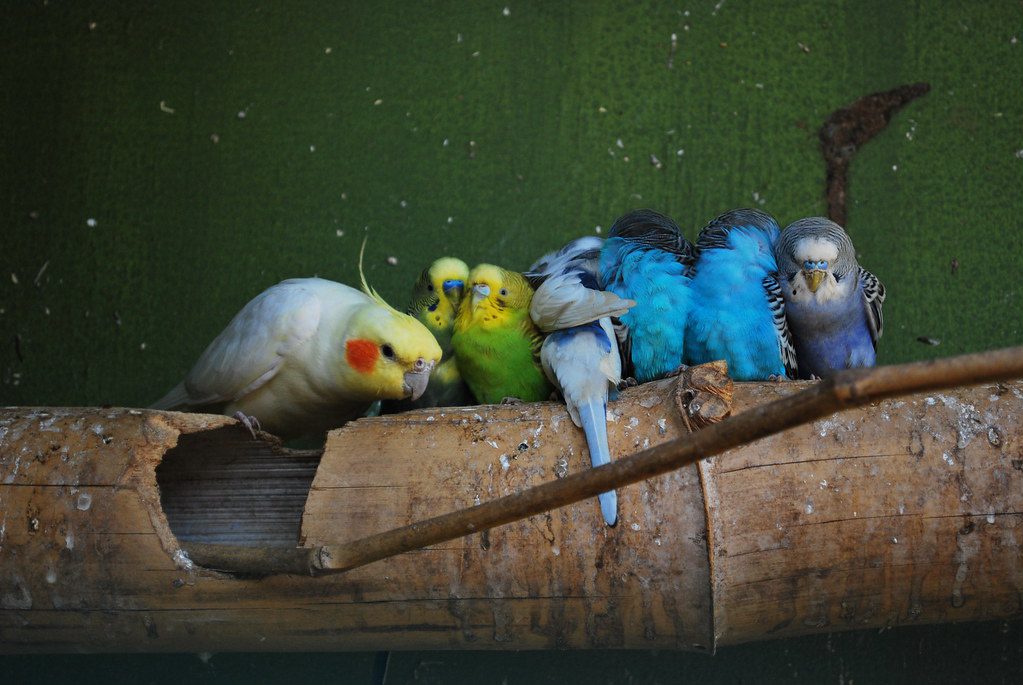

1: Natural Nesting Preferences
Some birds have specific nesting habits that don’t align with birdhouses. For instance, raptors prefer treetop nests or cliffs, while many waterfowl nest on the ground.
2: Incorrect Size and Design
The size and design of the birdhouse might not match the needs of particular species. A house that’s too small or large, or with an inappropriately sized entry hole, can deter birds from settling.
3: Location Concerns
Birds are particular about where they nest. A birdhouse that’s too low, too exposed, or placed in a noisy or high-traffic area might not be attractive to them.
4: Predation Risks
If a birdhouse doesn’t provide enough security from predators like cats, raccoons, or snakes, birds might avoid it to safeguard their eggs and young.
5: Lack of Proper Maintenance
Birdhouses that need to be cleaned out regularly or have become weathered and unstable can be less inviting to potential avian tenants.
6: Territorial Behavior
Some birds are territorial and might already have claimed a particular area. Introducing a new birdhouse can be seen as an intrusion, ignored, or actively avoided.
7: Limited Food Sources
Birds also consider the availability of food when choosing a nesting site. If the surrounding area has ample food sources, birds might be enticed to set up home, regardless of the quality of the birdhouse.
Recommended Read: Why Do Birds Have Claws? The Real Reason Why!
Which Birds Are Attracted To Birdhouses?
Here’s a list of some commonly known birds that might take up residence in a birdhouse:
Eastern Bluebirds and Western Bluebirds: These colorful birds are among the favorites many people hope to attract with their birdhouses. They prefer open habitats with low grasses.
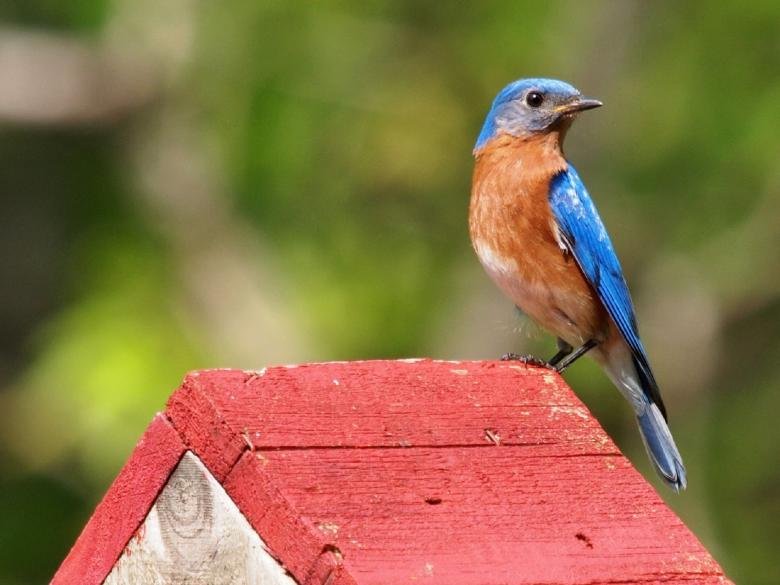

Eastern Bluebirds
House Wrens and Carolina Wrens: Wrens are enthusiastic users of birdhouses. They’re small, active, and have a lovely, bubbly song.
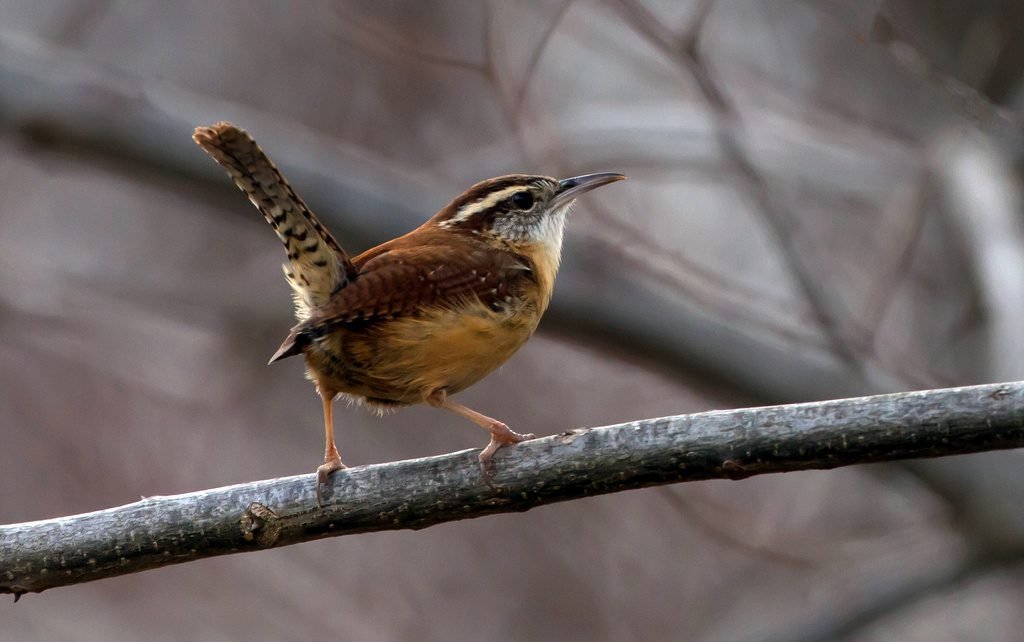

Carolina Wrens
Chickadees (e.g., Black-capped and Carolina Chickadees): Chickadees are small, friendly birds known for their distinctive “chick-a-dee-dee-dee” call. They appreciate birdhouses placed in wooded areas.


Chickadees
Tree Swallows: These graceful flyers with rainbowy blue-green upper parts are cavity-nesters that readily use birdhouses, especially those in open areas near water.


Tree Swallows
Titmice (e.g., Tufted Titmouse): Titmice are curious, crested birds similar in size to chickadees. They prefer birdhouses located in wooded or shrubby areas.


Titmice
Nuthatches (e.g., White-breasted Nuthatch): These birds are known for their habit of descending tree trunks headfirst. They prefer wooded areas and will use birdhouses with the appropriate-sized entrance.


Nuthatches
Purple Martins: These social birds often nest in colonies. While they historically nested in hollow trees, they’ve liked multi-compartment birdhouses in open areas.


Purple Martins
House Sparrows: This non-native species is very adaptable and will readily move into birdhouses. However, they can outcompete native birds, so some design birdhouses to deter them.
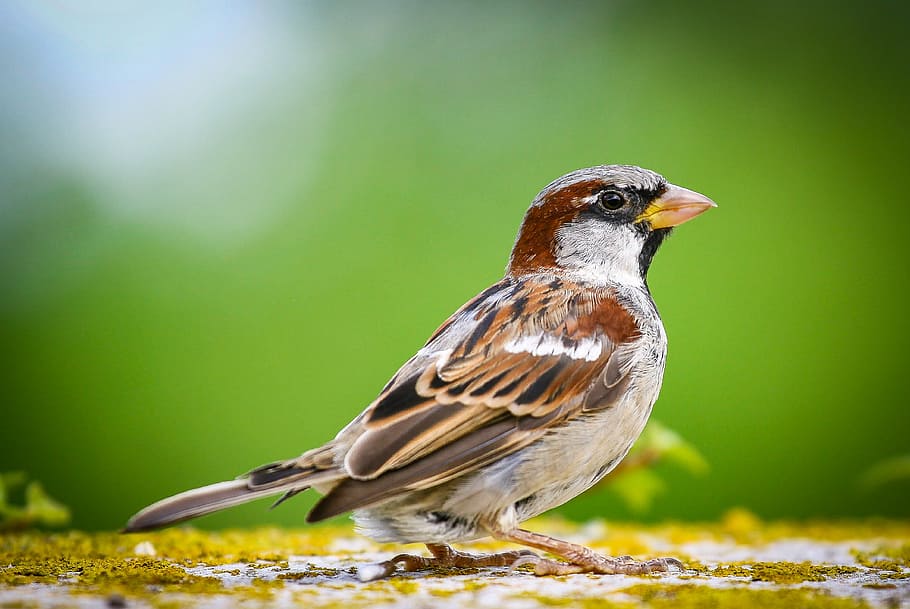

House Sparrow
Prothonotary Warblers: This brightly colored warbler prefers birdhouses located near swampy or wetland areas.
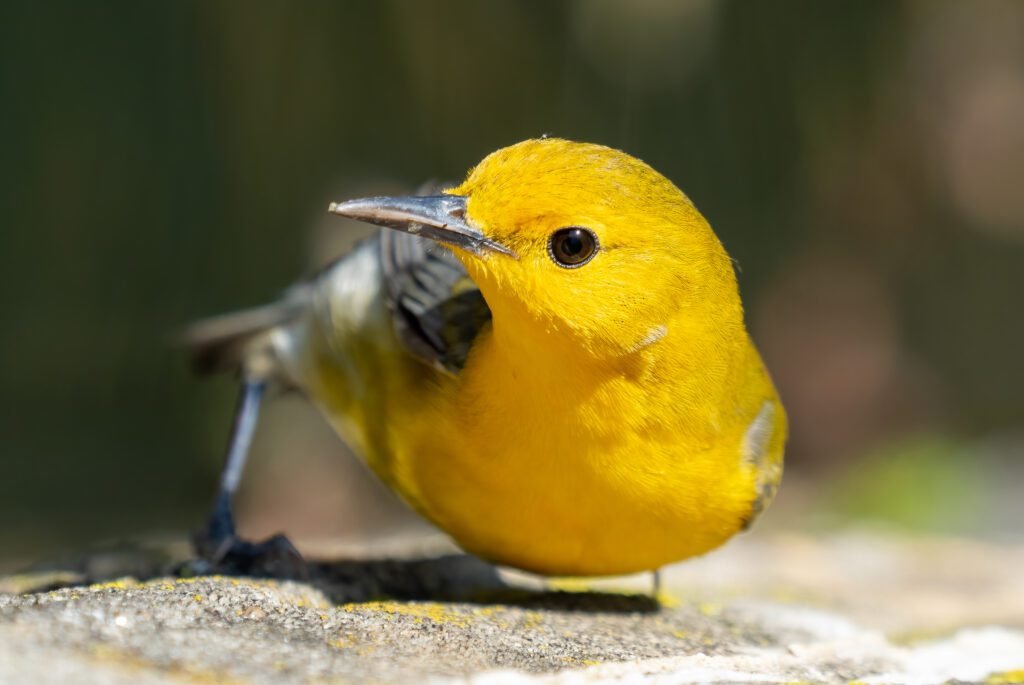

Prothonotary Warblers
Wood Ducks: Though they’re waterfowl, wood ducks nest in tree cavities. Specialized, larger birdhouses can attract these beautiful ducks to nest near ponds or lakes.


Wood Ducks
Editor’s Pick: Why Are Birds So Cute? 10 Reasons Why Birds Are Cutest
Tips For Attracting Birds To Your Birdhouse
Attracting birds to your birdhouse can be a gratifying experience, but it often requires a mix of strategy and patience. Here’s a closer look at each of the suggested tips to attract birds to a birdhouse you installed in your backyard:
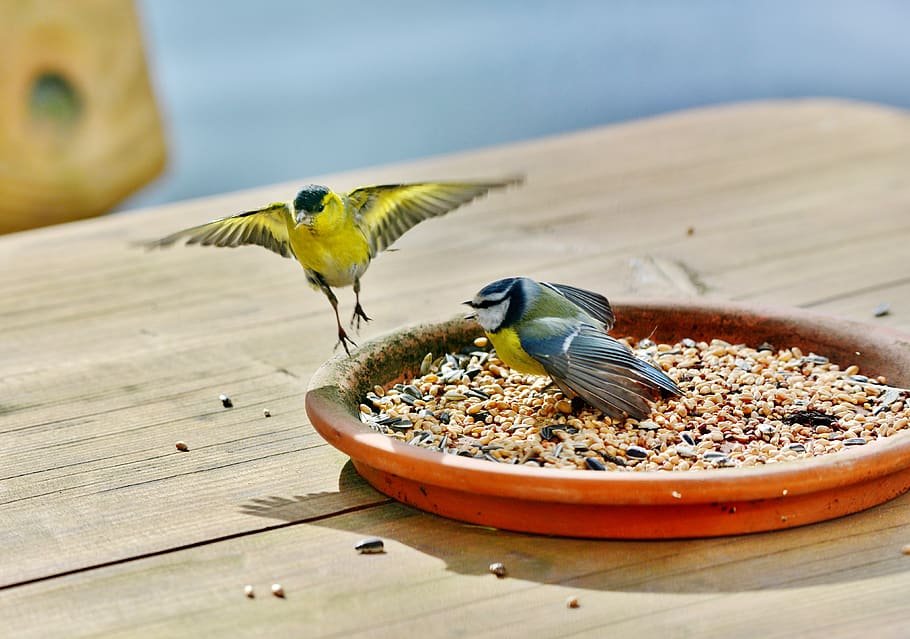

1: Choose a great location.
The location of your birdhouse plays a crucial role in attracting birds. It’s not just about the birdhouse itself but also its position in your yard. Most birds prefer a quiet location that’s away from constant human activity.
The height at which you place the birdhouse can be crucial. For example, bluebirds typically prefer their houses to be 4 to 6 feet off the ground, while swallows might opt for a slightly higher range of 10 to 15 feet.
Additionally, ensure that the birdhouse is placed away from prevailing winds and has some shade during the hottest day.
2: Give some privacy
Like humans, birds cherish their privacy, especially during the nesting season. Placing birdhouses too close to each other can deter birds from moving in. Most species are territorial during the nesting phase and need ample space from other pairs.
Furthermore, if the birdhouse is too exposed, birds might feel vulnerable to predators or disturbances. A slightly secluded spot, perhaps shielded by some branches or leaves but still with a clear flight path, can perfectly balance privacy and accessibility.
3: Know the bird species in your region
Different regions attract different species. Familiarize yourself with the local birds and their nesting preferences. This knowledge will help you select or design a birdhouse that’s suitable for them.
4: Plant natives
Native plants provide familiar and essential resources for local bird species. They offer food in the form of seeds, berries, and insects and also create natural shelters. Here’s a guide on how to select native plants.
5: Provide a water source
Birds need water for drinking and bathing. A birdbath or shallow pond can be a magnet for avian visitors, making your yard an even more attractive habitat.
6: Add a bird-feeding station
Supplemental feeding can be a big draw, especially during seasons when natural food sources might be scarce. Choose the correct type of feed for the birds you wish to attract.
7: Offer brush piles
Loose piles of branches and twigs provide birds with shelter, a place to hide from predators, and a rich source of insects to feed on.
8: Minimize predators
Protect birds from potential threats. Ensure that birdhouses are safe from cats, raccoons, and snakes. Consider using baffles on poles and avoiding placing houses too close to branches where predators can easily access.
9: Choose a birdhouse for the bird species you want to attract
Different birds have unique nesting requirements. The size of the birdhouse, the diameter of the entrance hole, and even the height at which it’s placed can all influence which birds will move in.
10: Leave birdhouses empty
Avoid the temptation to add materials inside. Birds are adept at gathering their own nesting materials. In fact, some birds might be deterred if they find the house already filled.
11: Have patience
Remember, it might take some time before birds use your birdhouse. They must feel that the location and the house are safe and suitable. Even if birds don’t nest in the first season, they might do so in subsequent years.
What About Hanging Birdhouses? Do Birds Like And Use Them?
Indeed, a variety of birds find hanging birdhouses attractive. However, there are specific considerations to bear in mind with such setups. Specifically, the orientation of the birdhouse’s entrance is critical. If it’s directly exposed to the sun or prevailing winds, the cozy warmth inside the shelter can dissipate rapidly, making it a challenge for birds to maintain their desired temperature.


Hanging Birdhouses
When setting up a hanging birdhouse, consider the following essential guidelines:
- Elevate the birdhouse to a height that keeps predators such as cats and raccoons at bay.
- Position the entrance away from dominant winds and direct sunlight to prevent unwanted temperature fluctuations.
- Situate the birdhouse near trees or shrubs to offer additional protection against weather and potential threats.
- Opt for a swivel-connected hook or chain, ensuring that any birds in flight remain safe if they collide with it during their aerial maneuvers!
Final Thoughts
In conclusion, understanding the preferences and needs of our avian friends is paramount. Recognizing the species most inclined to use birdhouses, optimizing our gardens to invite these nesting marvels, and guaranteeing that our birdhouses are tailored for their well-being are all integral steps.
By harmonizing these elements, we create a sanctuary for our feathered friends and embark on a fulfilling journey as guardians of their nesting tales. May your backyard resonate with chirps and songs as the seasons come and go, making you a cherished bird landlord for countless breeding cycles ahead!
